Infrastructure
Delhi-Meerut RAPIDX: 17-Km Long Priority Section Corridor Set To Commence Operations Next Month
V Bhagya Subhashini
May 18, 2023, 12:50 PM | Updated 12:56 PM IST
Save & read from anywhere!
Bookmark stories for easy access on any device or the Swarajya app.

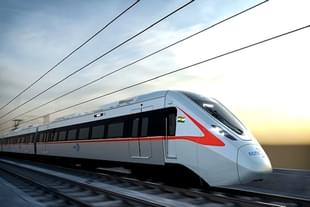
The RAPIDX (Rapid Rail Transit Services) RRTS corridor, covering a stretch of 17 kilometres from Sahibabad to Duhai, is poised to begin operations in June this year.
Although commuters can expect this portion of the RRTS project to soon be up and running, the ambitious 82-kilometre Delhi-Ghaziabad-Meerut stretch is expected to take longer.
The initial phase of the Delhi stretch, which features three stations ranging from Sarai Kale Khan to Anand Vihar is likely to become operational by early 2025.
Meanwhile, the fourth station, Jangpura, will follow later on, since it is being developed in conjunction with a stabling yard.
Jangpura station in Delhi will have an operation control centre, stabling yard, and warehouse when it becomes operational, according to a report.
The Duhai to Meerut stretch of the Delhi-Meerut corridor is nearly complete and the entire corridor should be operational by 2025.
The upcoming RAPIDX services on the first Delhi-Ghaziabad-Meerut RRTS corridor will considerably reduce travel time between the two cities.
According to an official of the National Capital Region Transport Corporation (NCRTC), the upcoming RAPIDX transport system will connect Delhi and Meerut in two years, offering travel between Delhi and the western part of Uttar Pradesh in under an hour, reports Economic Times.
An official stated that the upcoming high-frequency train travel on a regional level will be a new initiative in suburbs such as Ghaziabad, Modinagar and Meerut. This will allow these areas to have better connectivity to Delhi, similar to the existing metro system.
RRTS is different from the metro as it caters to passengers looking to travel relatively long distances with fewer stops and at higher speeds. It is different from conventional railways as it will provide reliable, high-frequency, point-to-point regional travel at high speed along a dedicated pathway.
India's First RRTS Corridor
India's first Regional Rail, Delhi-Ghaziabad-Meerut, spans 82 km in length with trains reaching a top speed of 180 km per hour.
Stations will offer amenities such as escalators, lifts, and automated fare collection systems. The daily ridership for the corridor is projected to be around 8 lakh passengers.
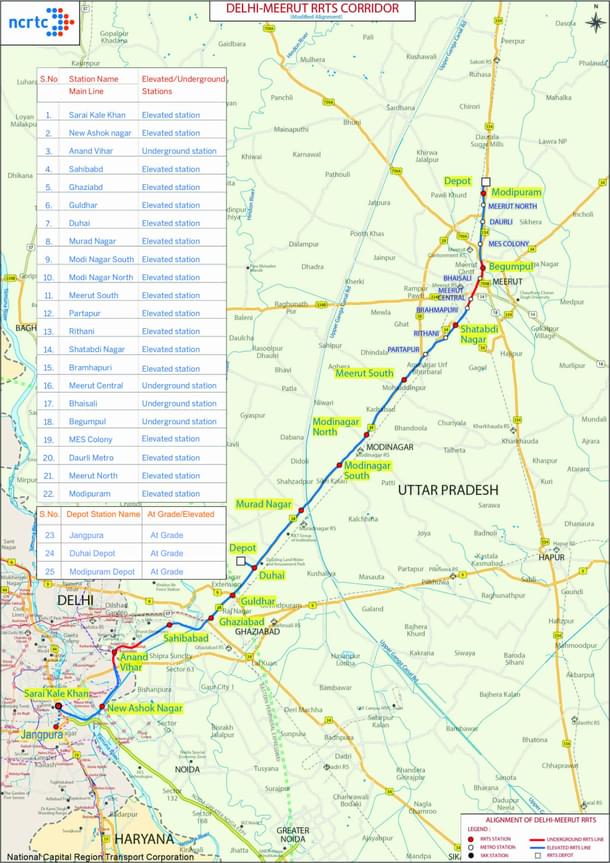
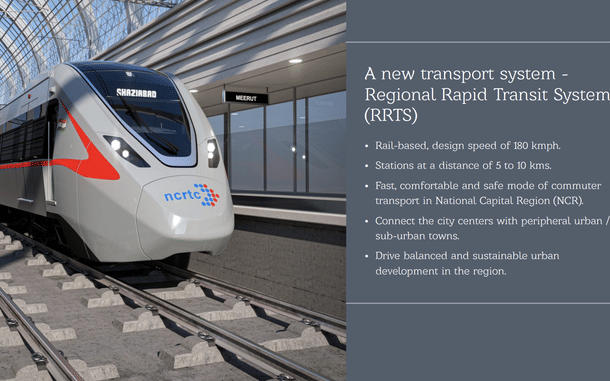
Commuters on RAPIDX trains can receive assistance from a dedicated train attendant who will be available to help with onboard facilities, particularly catering to the needs of the aged, sick, specially-abled and other commuters who may require assistance.
Additionally, a premium class coach will be available on the train.
The luxurious coach comes with modern features: cushioned reclining seats, charging ports for mobile and laptops, luggage racks, and magazine holders.
Multi-Modal-Integration
NCRTC has taken the initiative of multi-modal-integration to seamlessly connect RRTS network with other modes of public transit. RRTS stations would be integrated with Indian Railways, metro stations, airports, and bus depots, wherever possible.
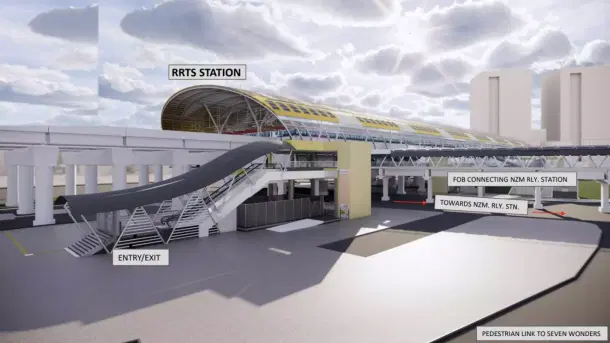
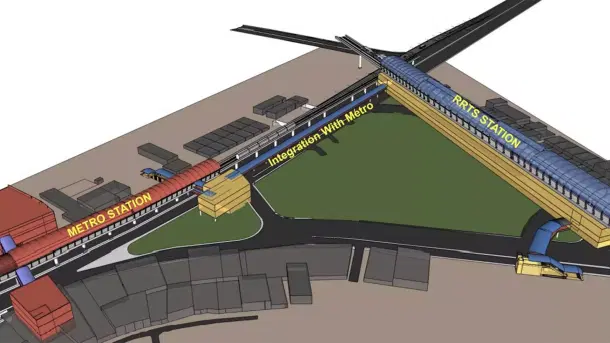
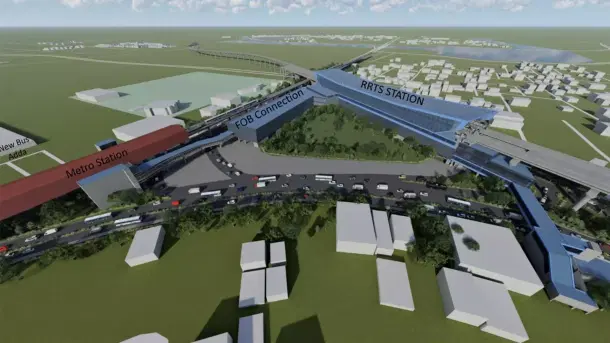
V Bhagya Subhashini is a staff writer at Swarajya. She tracks infrastructure developments.





